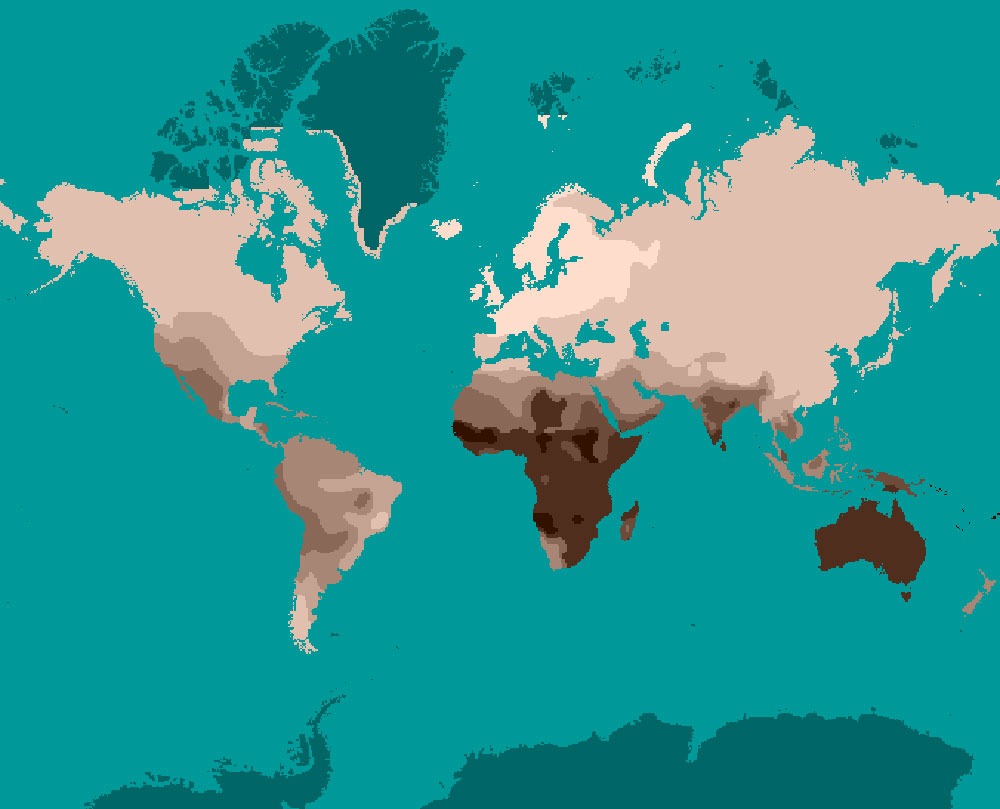
October 20, 2020; The Conversation
Abhishek Bhati, assistant professor of political science at Bowling Green University, recently published a study that suggests donors are likely to be less generous when their gift is to help people who have darker skin.
The research involved a skin-tone Implicit Association Test (IAT) given to 750 donors found using Amazon’s Mechanical Turk. Respondents were asked to respond quickly to images; the longer it takes for the respondent to find a positive image, the more inherent prejudice is present. So, if it takes you longer to find a positive thing to say about a person with dark skin color, you’re considered to have an inherent bias. Several respondents were disqualified because they took too long to respond and others because they responded too quickly. In the end, the baseline was set, with a score of plus-two showing a noticeable preference for people of lighter skin and minus-two meaning a preference for people of darker skin.
Based on previous research, Bhati’s hypothesis was that participants with higher levels of skin-tone biases would give less of a donation, or none at all, to darker-skin-colored beneficiaries. The experiment supported this hypothesis; a greater preference for lighter skin corresponded to the direct decrease in the respondent’s likelihood he or she would give $1,000 or more to people of dark skin living in another country. That same increase in preference for lighter skin also increased the willingness to give less than $10. A one-unit increase in preference for light skin also increased the likelihood of not giving at all by as much as seven percent.
Men proved to be more likely to give higher amounts or not at all than women. Women were more likely to give than men, but at smaller amounts than the men who would give. Younger donors were more likely to be generous than people over the age of 35.
One conclusion Bhati draws from his study is that, independent of ethical considerations, it is also counterproductive for international nongovernmental organizations (INGOs) to show a photo of a Black child suffering from poverty or illness as a fundraising tactic—a tradition in some nonprofit fields.
Sign up for our free newsletters
Subscribe to NPQ's newsletters to have our top stories delivered directly to your inbox.
By signing up, you agree to our privacy policy and terms of use, and to receive messages from NPQ and our partners.
NPQ has critiqued the use of “poverty porn” to raise dollars before, as it encourages smugness among typically white donors while demeaning—and often retraumatizing—the supposed beneficiaries. Bhati finds that the all-too-common practice is also ineffective from a narrow dollars-and-cents point of view. As he writes:
These findings challenge short-term views of INGOs pushing negative and stereotypical images of beneficiaries such as crying children begging for donations or single mothers seeking help […] Negative or stereotypical images of the poor can further fuel implicit bias against [people of color] and reduce large giving, thereby hurting long-term fundraising goals of organizations.
Bhati adds that instead of perpetuating images of helplessness, donors should engage in anti-racism and anti-colonial education “to understand the genesis of racism, as well as the current state of poverty in developing countries.”
Bhait points to a book authored by Nandita Dogra, Representations of Global Poverty, where Dogra argues that representation of grantees as helpless “reinforces colonization identities of the poor…whereas Western donors [that] are mostly from Europe and the USA are represented as ‘powerful’ problem solvers.”
As Bhati’s research shows, implicit bias against darker skin color is yet another element of systemic racism in the philanthropic community, which, of course, is predominantly white. Bhati’s greatest contribution to this ongoing research is to show how biases are often hidden in the unconscious as “implicit” and deeply rooted in historical systemic racism and white privilege. If those biases are not addressed as a whole, the inequities of power will continue to be reinforced between “givers” and “recipients.”
“Understanding the biases of donors and educating them about racial differences, including, for example, the colonial past of African countries, becomes far more critical for INGOs to survive in the long term and more importantly, to serve beneficiaries and address economic and social inequalities in developing countries,” he writes. —Rob Meiksins and Sofia Jarrin













